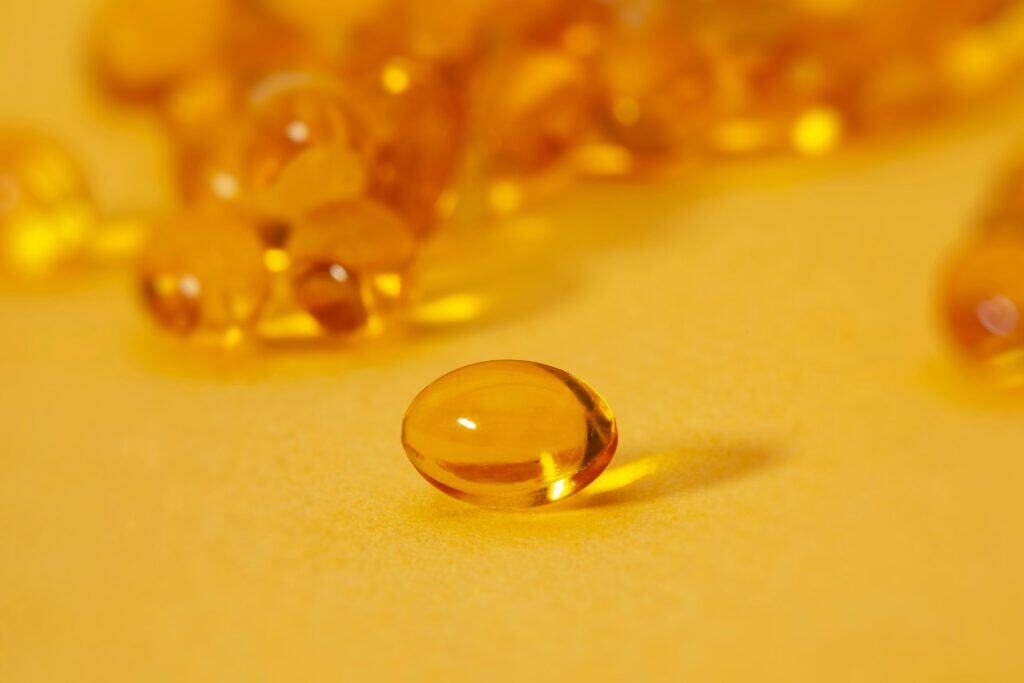Vida sana / Alimentación
Why is Vitamin D3 often combined with Vitamin K2?
Last week, Nature’s Sunshine launched a Liquid Vitamin D3 & K2 product. It has turned out to be the most successful product launch in recent memory, at least from our perspective. We have run out of it a few times already.
Let’s talk about why this combination is so potent. Vitamin D3 and K2 are often combined in supplements because they work synergistically to support bone health and calcium metabolism, with each vitamin addressing potential problems created by the other when taken alone.
The Calcium Connection
Vitamin D3 significantly increases calcium absorption in the intestines—sometimes by as much as 30-40%. While this enhanced absorption is beneficial for bone health, it creates a potential problem: where does all that extra calcium go? Without proper guidance, calcium can accumulate in soft tissues like arteries, kidneys, and heart valves rather than being deposited in bones where it’s needed.
This is where vitamin K2 becomes crucial. K2 activates two key proteins that direct calcium traffic in the body:
Osteocalcin: This protein acts like a calcium magnet in bones, helping to incorporate calcium into the bone matrix
Matrix Gla Protein (MGP): This protein works as a calcium traffic controller, preventing calcium from depositing in arteries and other soft tissues
The Synergistic Effect
When D3 and K2 work together, they create an efficient calcium management system. D3 ensures adequate calcium is available by enhancing absorption, while K2 ensures that calcium ends up in the right places—strengthening bones while protecting cardiovascular health.
Research suggests this combination may be particularly important for older adults, who often have both vitamin D deficiency and declining K2 status. Some studies indicate that taking high doses of vitamin D3 without adequate K2 might actually increase the risk of arterial calcification, though this remains an area of ongoing research.
Foto de Michele Blackwell en Unsplash

